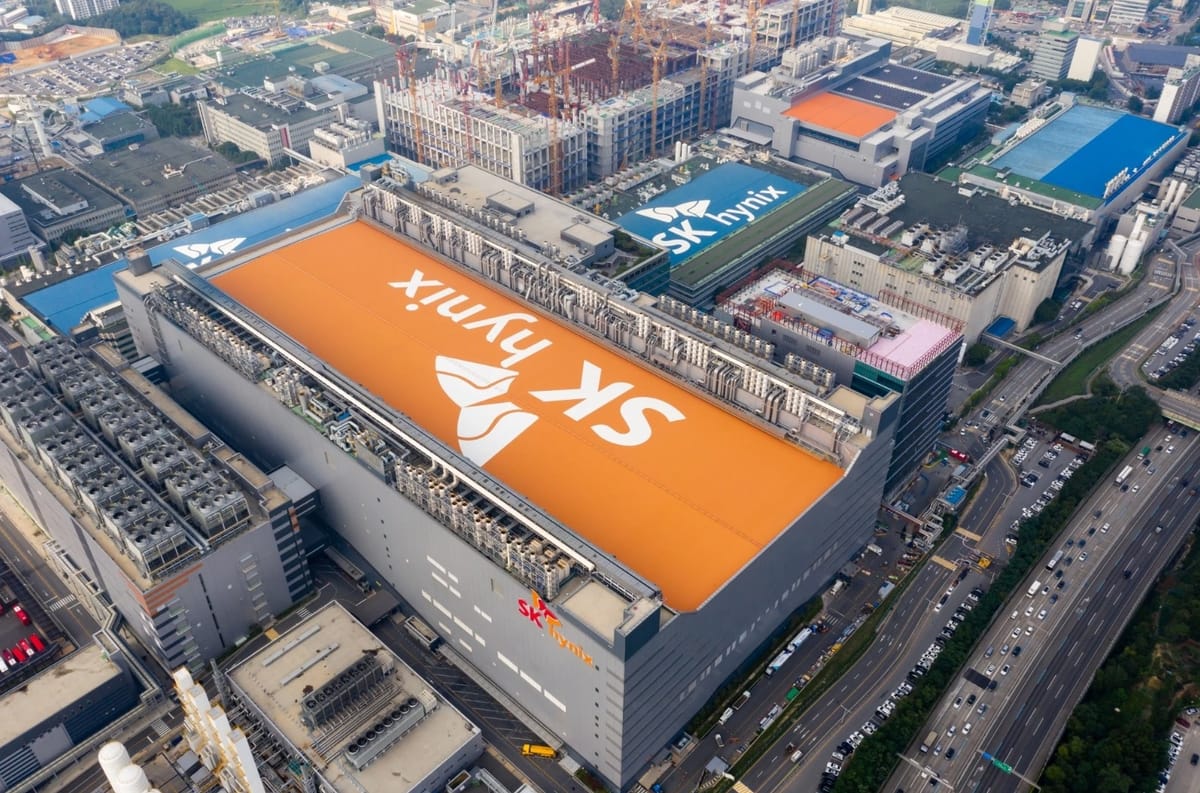Korea Rethinks Industrial Policy and Initiatives Addressing Demographic Crisis
Korea's newly announced "Reshoring Support Strategy 2.0" aims to boost domestic investment by expanding subsidies and incentives for companies repatriating overseas earnings and facilities. Capital repatriation will now be recognized as a form of reshoring investment.

Government Efforts to Support Semiconductors, Key Industries
The past week has seen the Korean government grappling with how best to support its flagship semiconductor, battery, and other advanced industries amidst fierce global competition. The newly announced "Reshoring Support Strategy 2.0" aims to boost domestic investment by expanding subsidies and incentives for companies repatriating overseas earnings and facilities. Capital repatriation will now be recognized as a form of reshoring investment, while tax benefits and low-cost loans are being considered over direct subsidies preferred in rival countries.
But the focus on reshoring belies a broader trend of accelerating overseas expansion by Korean industry titans. Battery makers like LG Energy Solution, SK On and Samsung SDI now base 92% of their production offshore, contributing to Korea's first drop in battery exports since 2015. Semiconductor giants Samsung Electronics and SK hynix are also ramping up U.S. and overseas investment to qualify for foreign government subsidies and secure supply chains. Outbound FDI surged to $63 billion last year, with the U.S. alone attracting $27 billion.
Officials insist this "globalization" of Korean industry is not a zero-sum game for the domestic economy. They note export figures are distorted by not capturing the overseas production and sales of Korean firms, creating an "optical illusion" of an industry slowdown. But concerns linger about the long-term implications of shifting investment and talent offshore. Observers worry a "hollowing out" of domestic industry could occur if cutting-edge R&D and production increasingly move abroad.
The government's emerging strategy is to focus limited fiscal resources on shared infrastructure and the supporting ecosystem of materials, parts, and equipment - areas where Korea still lags. Expanding tax benefits for facility investment and offering low-cost loans for expansions are preferred to matching the aggressive subsidies of the U.S., EU and Japan. China also remains a key customer and partner for Korean firms despite U.S. tensions, requiring a delicate balance.
As chipmakers find it increasingly difficult and expensive to advance to new semiconductor process nodes, huge plant investments are becoming as important as research breakthroughs. The government is committed to funding basic R&D, but companies will have to keep prioritizing innovation and CapEx spending from their own pockets as well.